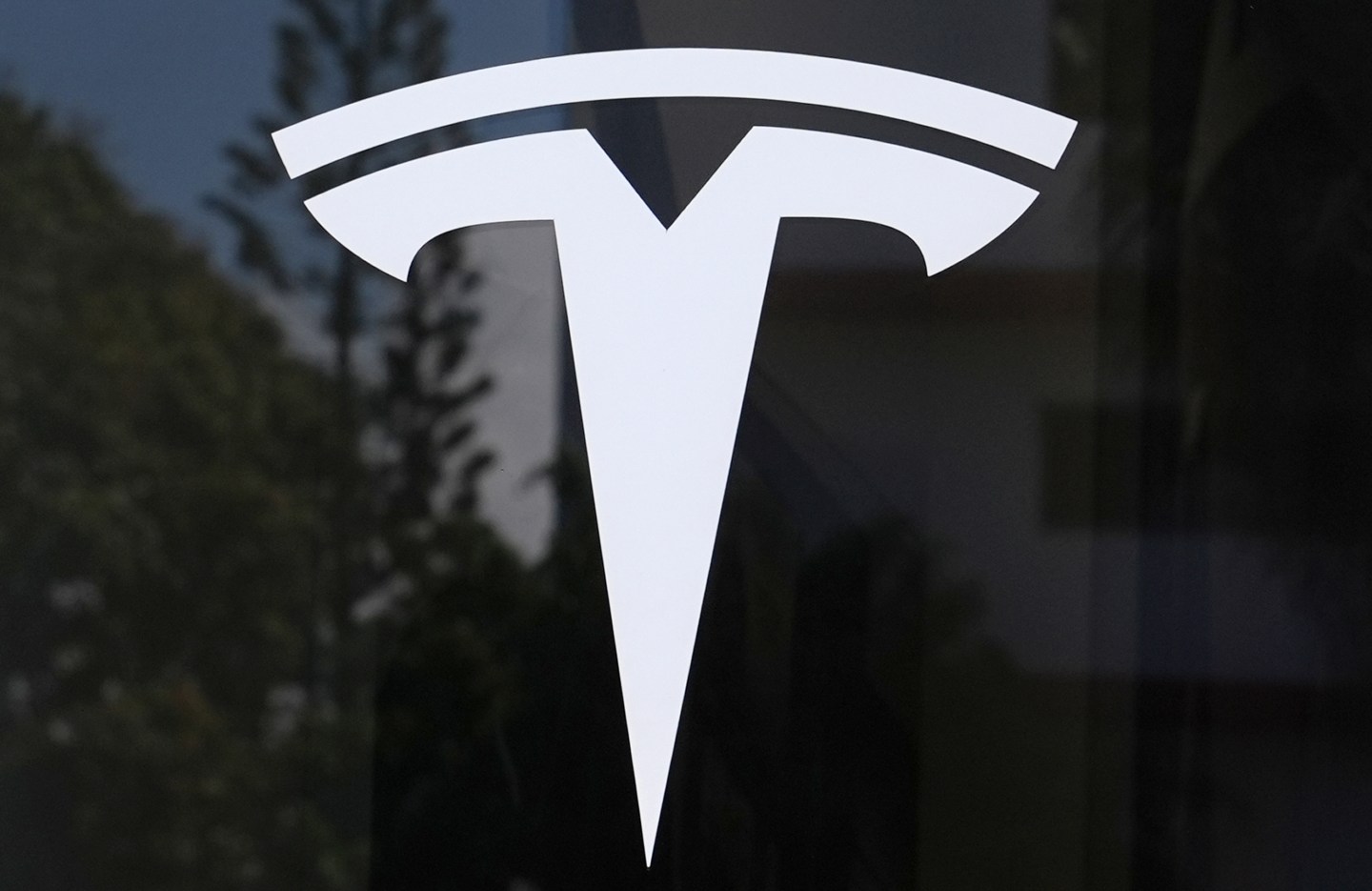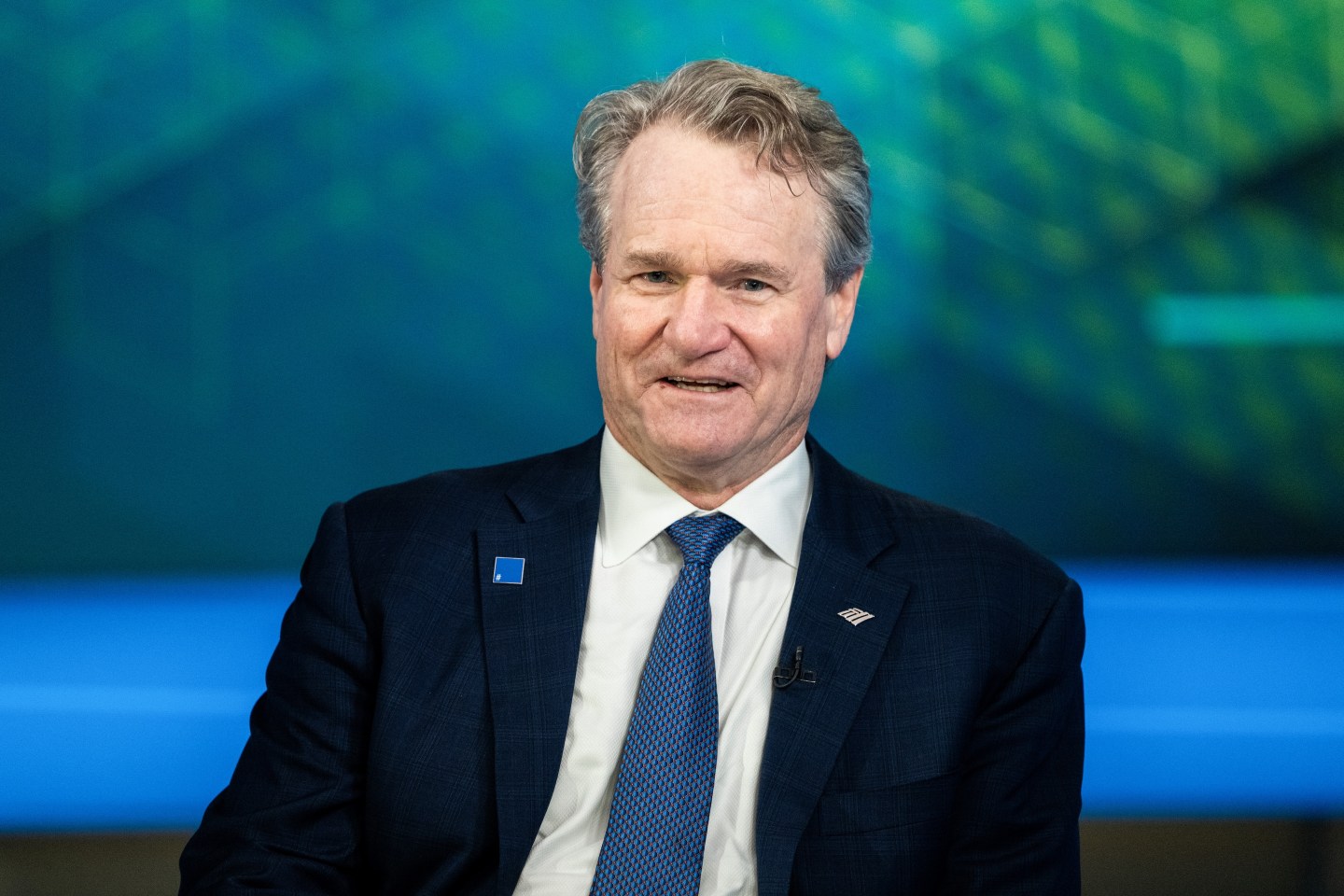When Tesla’s board unveiled its latest executive compensation plan for CEO Elon Musk on Friday, it wasn’t just another line in a proxy filing. It was an act of theater—and defiance. After two previous pay deals for Musk—the world’s richest man, worth hundreds of billions—had been alternately dismantled under legal and shareholder pressure, and then heavily criticized, the company is once again pushing the boundaries of corporate governance with a headline-grabbing target: Musk will earn only if Tesla’s valuation surges by at least a factor of eight over the next decade.
Tesla told shareholders in the filing with the Securities and Exchange Commission that Musk’s most recent pay package worth $29 billion was accompanied by the statement that “work was ongoing” by the special committee evaluating Musk’s compensation. The board—with Elon and his brother, Kimbal, recusing themselves from the process—unanimously recommended a “longer-term CEO compensation strategy” that could reach $1 trillion.
The special committee then confirmed what Fortune’s Amanda Gerut reported: that the $29 billion package was not directly linked to performance, and that this was quite the opposite. “Yes, you read that correctly,” the committee told shareholders. “In 2018, Elon had to grow Tesla by billions; in 2025, he has to grow Tesla by trillions — to be exact, he must create nearly $7.5 trillion in value for shareholders for him to receive the full award.” The committee also said that this award “uniquely challenges” Musk to guide Tesla through a new phase of unprecedented growth, while keeping him in leadership for many years to come.
Musk’s pay-package past
Elon Musk’s relationship with pay packages has always been outlandish by conventional corporate measures. Unlike the cash-heavy salaries and bonuses that structure most CEO contracts, Musk has repeatedly tied his fortune to Tesla’s ability to smash through aggressive milestones.
Back in 2012, Tesla’s board offered him a deal based on production and stock price hurdles. At the time, it looked audacious; Tesla was still a niche manufacturer producing a few tens of thousands of cars. When those goals were eventually met, the pay package delivered Musk tens of millions of dollars in options—at once a win for him and a vindication for Tesla shareholders who had seen their stock multiply.
Then came 2018: a plan with a $56 billion potential jackpot contingent on a suite of operational metrics and stratospheric valuation targets. Skeptics scoffed, yet Musk hit many of those goals, pushing Tesla past the trillion-dollar valuation threshold in 2021. To admirers, it proved Musk’s visionary drive. To critics, it was governance gone awry—a board in thrall to its CEO.
Indeed, in January 2024, a Delaware judge struck down that $56 billion arrangement, citing conflicts of interest on the board (including his brother, Kimbal) and lack of adequate oversight. The ruling landed as a symbolic rebuke of Musk’s sway over Tesla, and a warning about the excesses of Silicon Valley’s cult-of-founder ethos. A second attempt at revising the package—“Plan B,” as it was informally known—was again quashed by a Delaware judge nearly a year later. Throughout the year, a furious Musk decamped from his incorporation in Delaware.
In Friday’s proxy, the committee said it had explored numerous alternatives, but ultimately decided to build upon the controversial 2018 package. Musk’s new goals include adjusted Ebitda targets (up to 28x higher than the 2018 milestone, per the committee) and new product rollouts, including 1 million robotaxis in commercial operation and delivery of 1 million AI bots.
Backlash, loyalty, and the Musk dilemma
Tesla’s board has found itself trapped in a predicament: Musk is simultaneously Tesla’s greatest asset and its greatest risk. The company’s extraordinary rise from an upstart carmaker to a global force in sustainable energy and transport has been fueled by his relentless ambition and uncanny ability to attract capital. He embodies the Tesla brand so thoroughly that investors and customers alike conflate the company’s trajectory with his own.
But that strength comes with fragility. Musk’s long list of side ventures—SpaceX, X, Neuralink, the recently launched xAI—leads critics to charge that Tesla risks becoming a neglected child. Meanwhile, his mercurial style and public controversies, from social media firestorms to clashes with regulators, have brought volatility to Tesla’s stock and reputation.
Underlying the trillion-dollar plan is a quieter, more existential question: Can Tesla truly outgrow Musk? For over a decade, it has been his vision, his risk appetite, and his brash style that defined the company. Yet most corporate giants eventually mature beyond their founding personalities, shifting power toward institutional structures and professional management.
Once again, Tesla’s board has sided with continuity, betting that the upside of locking Musk in outweighs the turbulence of pushing him aside. Still, the allure of Tesla has always rested in its improbable odds. A company dismissed in its infancy now shapes the future of global transportation. A CEO once thought reckless has become one of the richest men alive. And a pay package once unimaginable is back in play—only now, the number is no longer billions, but a trillion.
For this story, Fortune used generative AI to help with an initial draft. An editor verified the accuracy of the information before publishing.













